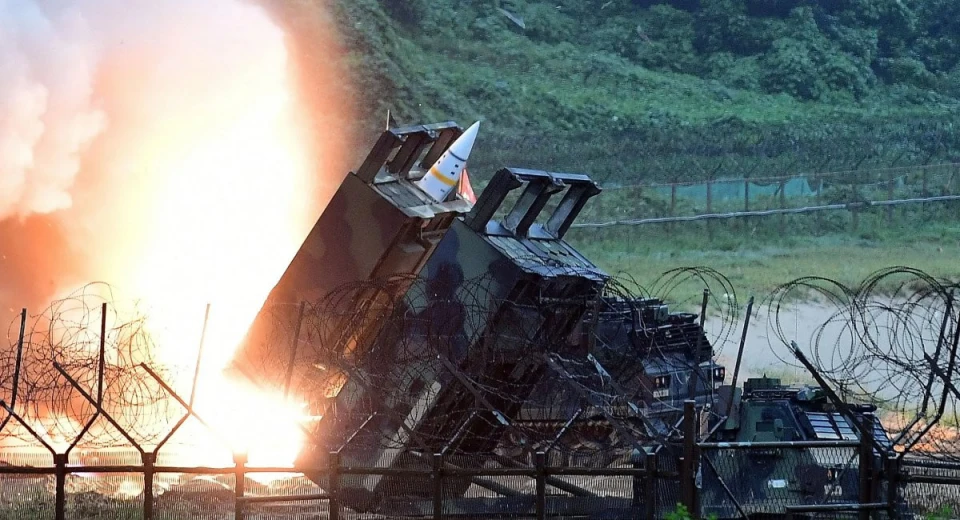
How many ATACMS are required to destroy Russian air defense in Crimea?
Military expert Oleksandr Kovalenko believes ATACMS missiles can easily destroy Russian air defense in Crimea and calculates how many of them are needed for this
Military expert Oleksandr Kovalenko writes about this in an article for Obozrevatel.
On April 17, a strike hit the Dzhankoi area, targeting a Russian airfield housing S-400 air defense systems alongside aviation. Resulting destruction included four S-400 launchers and at least three radars, including the unique Fundament-M complex. The question arises: How many ATACMS are required to incapacitate the Crimean air defense fully?
Attack on the airfield
After the strike on the airfield in the area of Dzhankoi, Russian propaganda outlets immediately began reporting that Ukraine had carried out the strike with ATACMS ballistic missiles, but all of them were shot down. Later, a video was published showing the launch of six MGM-140B Block 1A missiles, which were indeed part of the strike on Dzhankoi. Based on this, the potential strike capacity was precisely six ballistic missiles. Subsequent satellite images clearly captured six dispersed areas of burning at the Dzhankoi airfield. This means all the missiles reached their destination.
Air defense in Crimea
The following units represent Russian air defense in the temporarily occupied Crimea.
The 18th Air Defense Missile Regiment. It should be noted here that the 18th Air Defense Regiment (military unit 85388) is the traitors of the Feodosia regiment who defected to the occupation forces in 2014. Today, this regiment is organized into three divisions on Cape Tarkhankut, in Dzhankoi and Feodosia. Recently, the division in Dzhankoi has not been combat-ready at all.
The 12th anti-aircraft missile regiment. And these are the traitors from Yevpatoria who sided with the DPR in 2014. They are represented by divisions in the area of Yevpatoria and Sevastopol.
3rd Radio Technical Regiment. The Regiment's radio equipment is located on Cape Tarkhankut.
“Thus, the Russian air defense is represented by two regiments with long-range S-400 air defense systems in service, which are of interest to Ukraine as the main means of intercepting various interesting subsonic and supersonic air objects,” the report notes.
How to neutralize air defense
According to the expert, the successful strike on a division in Dzhankoi with six ATACMS missiles highlighted significant vulnerabilities within Crimea's air defense infrastructure. It demonstrated that even a single strike can disrupt key components of the Russian air defense system in the region.
Furthermore, the potential targeting of other divisions, particularly in strategic locations like Feodosia, could further degrade the effectiveness of the S-400 air defense systems.
To fully neutralize these systems and ensure comprehensive protection, a sustained effort utilizing at least 24 missiles would be necessary. This underscores the complexity and scale of operations required to address the formidable Russian air defense network in Crimea.
The strikes on the airfields of Berdyansk and Lugansk in 2023, as well as on the Dzhankoi airfield in 2024, demonstrated that the seemingly outdated ballistic missile MGM-140B Block 1A poses a significant challenge to Russian air defense systems, including the advanced S-400. The low interception rate of these missiles makes them a serious threat to the S-400 systems, potentially resulting in the complete disabling of Crimea's long-range air defense.
The effectiveness of the MGM-140B Block 1A against the S-400 has been proven. The next step seemed to be obtaining a sufficient quantity of these missiles from the United States to complete the ongoing operation and open up the airspace over Crimea for the next phase of operations.
- News














































